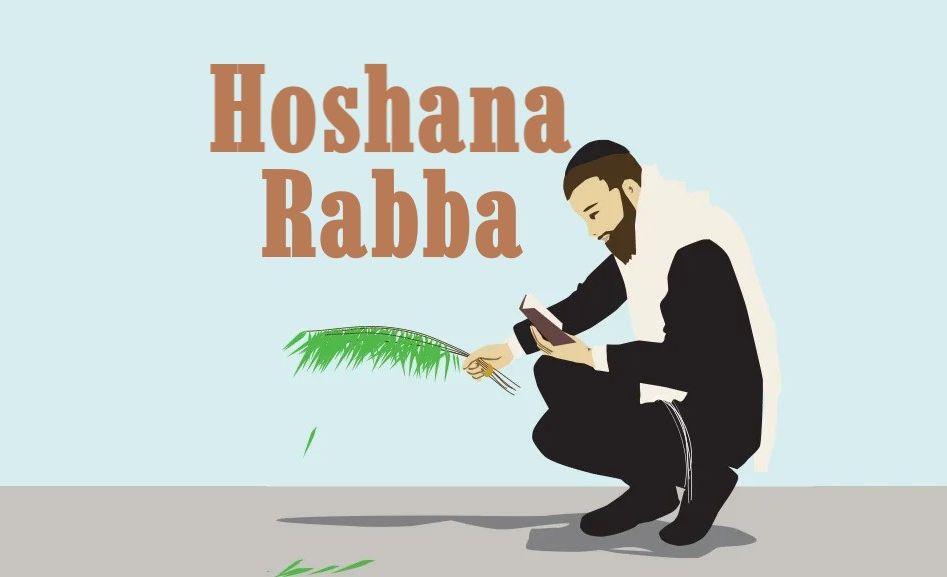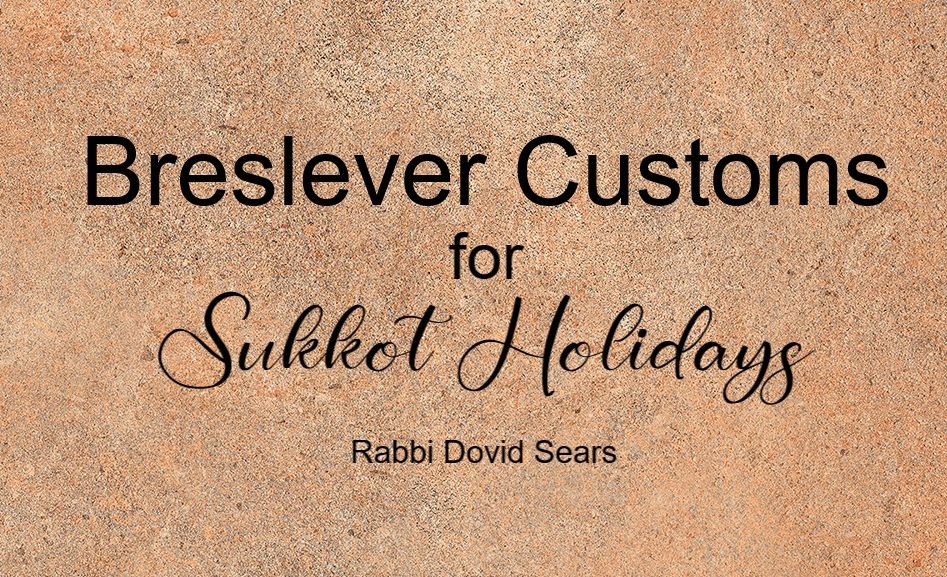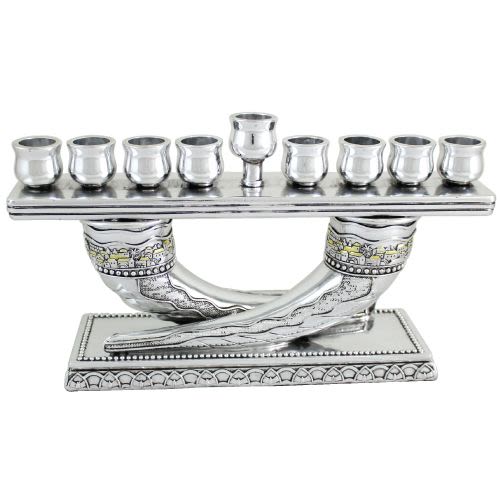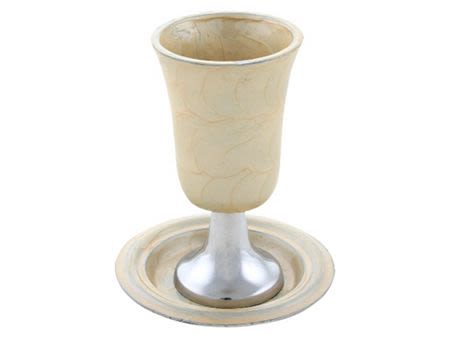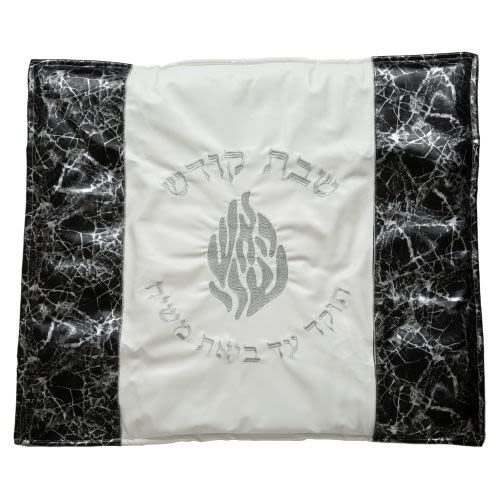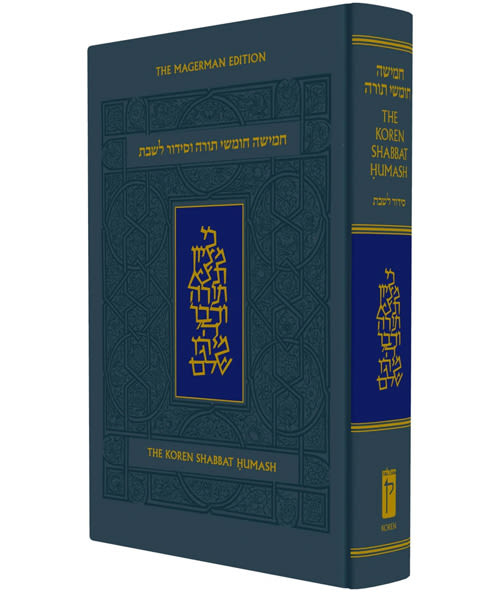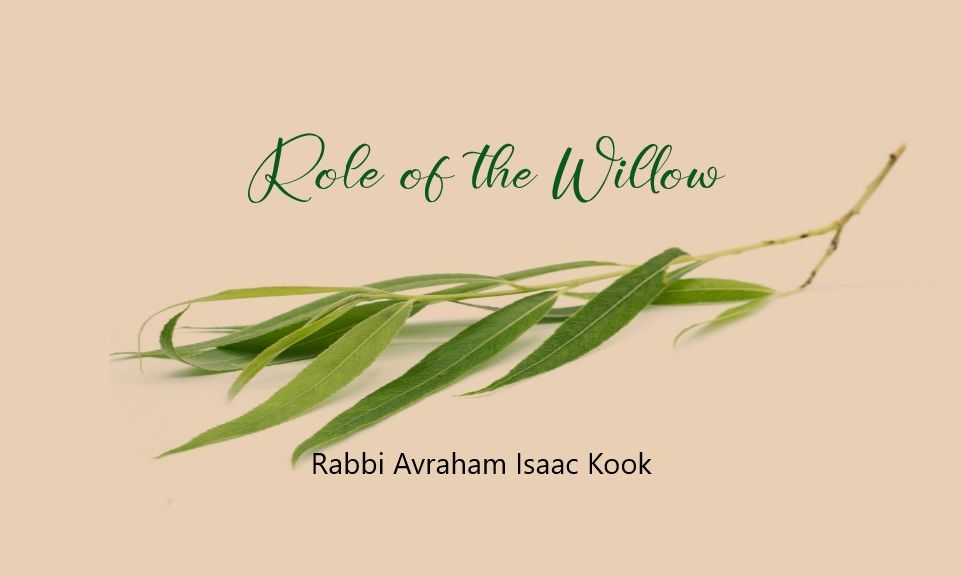
Hoshana Rabba: The Role of the Willow
On Hoshana Rabba, after waving all four species, we raise just the willow. Then, after the Hoshana prayers, we beat the willow on the floor…

Translated and adapted by Rabbi Chanan Morrison
You have to feel sorry for the poor Arava, the willow branch waved together with the other three species of the “arba’a minim” on Succot. It lacks the fragrance of the etrog and the myrtle, nor does it produce fruit like the date-palm. The willow has come to represent simple folk, who are neither learned in Torah nor have a wealth of good deeds.
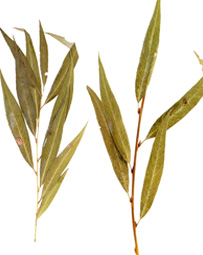 Yet, there is an ancient oral tradition, going all the way back to Mount Sinai, that on the last day of the Succot holiday, the Arava becomes the star of the show. In the days when the Temple stood in Jerusalem, the kohanim would raise the willow boughs around the altar. And in synagogues nowadays, after waving all four species, we set aside the other three species and raise just the willow. Then, at the end of the Hoshana prayers, the congregants beat the willow on the floor.
Yet, there is an ancient oral tradition, going all the way back to Mount Sinai, that on the last day of the Succot holiday, the Arava becomes the star of the show. In the days when the Temple stood in Jerusalem, the kohanim would raise the willow boughs around the altar. And in synagogues nowadays, after waving all four species, we set aside the other three species and raise just the willow. Then, at the end of the Hoshana prayers, the congregants beat the willow on the floor.Why does the lowly willow merit this special attention? And what is the meaning of the ancient custom of striking the floor with it?
Sabbath Desecration in Jaffa
One Succot evening in his sukkah, Rav Kook related the following story:
The incident took place in Jaffa, where Rav Kook served as rabbi from 1904 to 1914. One Shabbat day, a secular photographer came and disturbed the Sabbath peace of a religious neighborhood of Jaffa. In complete disregard for the local religious sensibilities, he set up a large camera in the middle of the street and began taking pictures.This public desecration of the Sabbath deeply angered the local residents. One man, particularly incensed by the photographer’s insensitivity, took a pail of water and thoroughly soaked the Sabbath desecrator. Naturally, the photographer was indignant. He was so confident in the justice of his cause that he decided to register a complaint against the water douser with the rabbi of Jaffa — Rav Kook.Rav Kook told the photographer, ‘I see that you don’t understand the severity of public Sabbath-desecration. But you should realize that your action was a serious affront to the community. You entered a neighborhood of Sabbath-observers and you offended them deeply, truly piercing their hearts.‘Or course, the proper path would have been to correct you verbally. Perhaps you would have understood the seriousness of your actions and stopped. If that man had consulted with me, I would have advised him not to throw water on you.‘However, he didn’t ask; he just reacted spontaneously. You should know that on occasion, such instinctive reactions which do not take into account norms of politeness are justified. In cases where people disregard societal norms, and breach accepted boundaries, regardless of the implications for others — the unmeasured, spontaneous reaction is often the response that most effectively prevents further abuse.‘There was such an occasion when the Jewish people were in the desert, and Pinchas responded, not accordingly to the normative “Halacha“, but as a zealot: “Knaim pogim bo“. If Pinchas had asked, he would not have been told to kill Zimri. But since his act was done sincerely, and served to prevent future violations, his zealous deed was approved after the fact.’
The Boethusians and the Willows
What about the willow and Sukkot? Rav Kook continued his explanation that evening:
The lowly willow represents the common folk, unlearned and unexceptional in good deeds. Yet, these ‘willows’ are blessed with an abundance of common sense and are unencumbered with sophisticated calculations; and they have fulfilled important roles in the history of the Jewish people.
In the time of the Talmud, there was a sect of Boethusians who disagreed with many of the rulings of the Sages. They did not permit the raising of the willow on the Sabbath in the Temple. One year, when the last day of Sukkot fell on Shabbat, the Boethusians took the willows and hid them under some stones. They knew the Rabbis would not move the stones on the Sabbath since stones are muktzeh.
On Shabbat morning, however, some simple folk who were ignorant about the rabbinical prohibition of muktzeh pulled the willow boughs out from under the stones. Then the kohanim were able to raise the boughs alongside the altar. (Sukkah 43b)
Why does the Talmud emphasize that this praiseworthy act was performed by untutored common folk? By hiding the boughs under stones, the Boethusians had placed the Rabbis in a difficult position. Had the willow boughs not been used, the Boethusians could have cited this as proof that the Rabbis agreed with their opinion prohibiting the raising of the willow on Shabbat. On the other hand, had the Rabbis decided to move the stones, the Boethusians would have immediately proclaimed that the prohibition of muktzeh had been altogether abolished.
Fortunately, the problem never materialized. The simple Jews solved the dilemma in their own particular manner. They did not ask questions. Rather, alarmed by the scandal, they reacted in a natural, healthy manner.
The Role of the Willow
The custom to hit the floor with the willow is not to punish the willow, as is often thought (for not studying enough Torah). It is rather to show that the willow is also a force to be reckoned with – a natural, healthy power that is part of the arsenal of the Jewish people. We don’t strike the willow. We strike with the willow.
(Adapted from Mo’adei HaRe’iyah pp. 111-113; Celebration of the Soul p. 73,Copyright 2006-2010 by Chanan Morrison)
***
Rabbi Chanan Morrison of Mitzpeh Yericho runs the Rav Kook Torah website that is dedicated to presenting the Torah commentary of Rabbi Avraham Yitzchak HaCohen Kook, first Chief Rabbi of Eretz Yisrael, to the English-speaking community. He is also the author of Gold from the Land of Israel (Urim Publications, 2006).



